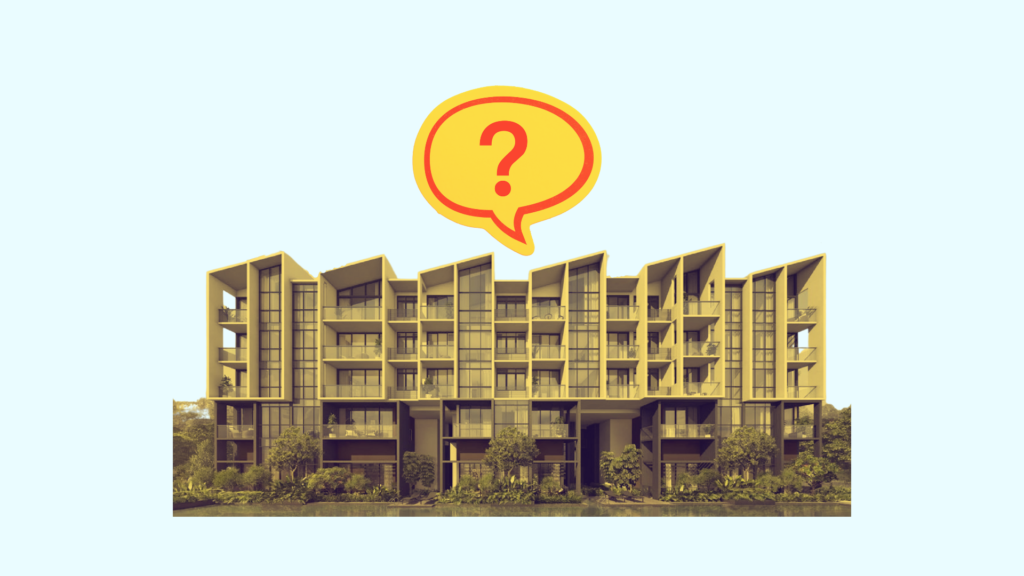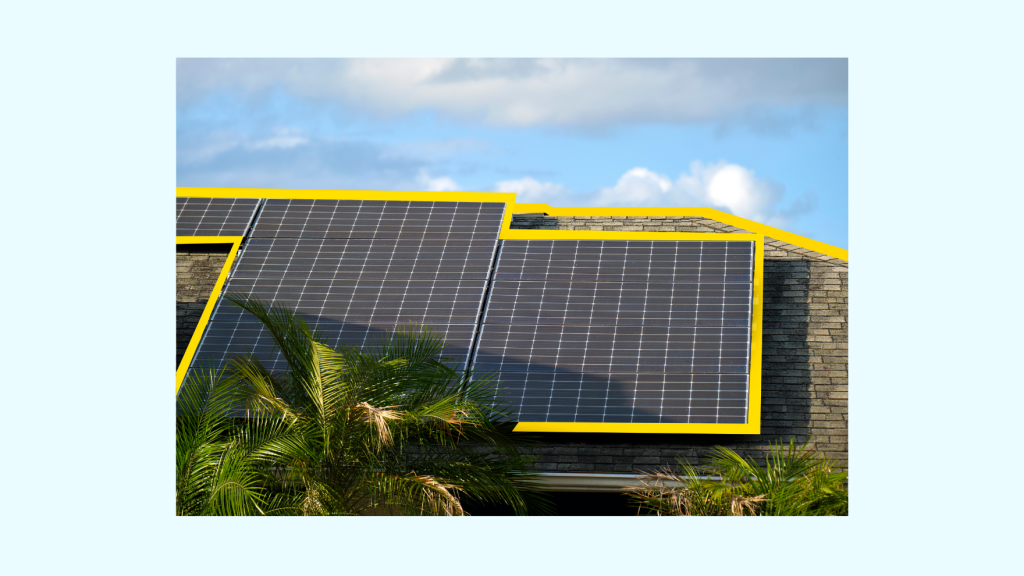In today’s world, it’s hard to miss the rising trend of solar panels gracing rooftops everywhere. With the growing interest in solar energy, you’ve probably also come across numerous news articles highlighting its remarkable potential and benefits, including Singapore’s extensive SolarNova plan.
If you’ve ever wondered how these sleek panels harness the power of the sun, then you’re in the right place. Grab your shades and let’s dive into our simple guide on how solar panels work!
Components of a Solar Panel System
At its core, a solar panel operation involves these main components: photovoltaic cells, inverters, the PV distribution board, and the main/sub distribution board box, which connects to the electrical grid.
Photovoltaic Cells
Solar panels act as sunlight collectors, using photovoltaic cells to capture sunlight and convert it into energy. Typically, these photovoltaic cells are made from materials such as silicon. When sunlight hits these cells, they produce an electric current. This process is known as the photovoltaic effect (PV effect).
Inverters
The electricity generated by solar panels comes in the form of direct current (DC), which is incompatible with most of our household appliances. Inverters play a crucial role by converting DC into alternating current (AC), which is the type of electricity required by our homes and the electrical grid. Inverters are often connected to an AC isolator as a safety feature, before being connected to the PV distribution board (PVDB) box.
PV Distribution Board Box (PVDB Box)
The PVDB box typically houses a solar MCB (miniature circuit breaker) and RCCB (residual current circuit breaker), before being connected to the main or sub-DB box of the home. You can imagine the PVDB box as a switchboard, which connects the inverter to the main/sub distribution board box.
Main/Sub Distribution Board Box (DB Box)
Finally, your PVDB box is connected to your main/sub DB box, which helps to distribute electricity across your house and also sell excess electricity generated to the grid.
How Solar Panels Work to Power Your Properties

Most solar panels for homes are “grid-tied,” meaning they are connected to your home’s electrical system and the local utility grid. Let’s break down how they work together to power your property:
Step 1: Absorption of Sunlight
It all starts with the sun. When sunlight strikes a solar panel, it generates an electric charge through the PV effect.
Step 2: Generation of Electricity
At this stage, the electricity produced is in the form of direct current (DC), flowing in a single direction.
Step 3: Conversion to Usable Power
To ensure the electricity generated by the panels is suitable for our needs, a solar inverter is used. The solar inverter works its magic, by turning DC power from the panels into the AC we need to light up our homes, businesses and the electrical grid.
Step 4: Utilisation and Distribution
The AC electricity travels through your electrical panel and is distributed throughout your home, just like standard grid energy.
Here’s the cool part: If you generate more power than you use, the extra juice can be sent back into the electrical grid. This is called net metering, and it’s how you can score some sweet incentives from your utility company!
Step 5: Energy Storage (Optional)
If you wish to keep the lights on during cloudy days or after the sun goes to sleep, you may choose to invest in a solar battery storage system. These batteries save extra energy from sunny times to brighten up your gloomy days.
However, do take note that solar batteries in its current state are very expensive, and are typically not recommended for residential installations.
Factors Influencing Solar Panel Sun Absorption
Solar panels have become a top choice for folks looking to harness clean energy. However, their efficiency in generating electricity depends on a few key factors:
Orientation and Tilt of the Roof
The angle and direction at which solar panels are installed significantly impact their ability to absorb sunlight.
Tip!
Panels are more efficient when sunlight hits them at a perpendicular angle. Determine your rooftop’s solar suitability with our easy 3-step guide!
Type of Panel Used
The quality and type of solar panels used can make a big difference in how they soak up sunlight. Their efficiency rating varies, impacting how well they turn sunshine into electricity. Higher efficiency panels like monocrystalline panels can absorb more sunlight and generate more power.
Weather Conditions
Cloudy or overcast weather can reduce the amount of sunlight reaching solar panels, impacting their ability to absorb sunlight and generate energy. Don’t worry, though – your home switches to drawing electricity from the grid at such times to keep things running smoothly!
And here’s an exciting twist: If you happen to be on a net metering scheme, you’ll be able to sell back excess electricity you’ve made during sunnier days, cushioning the impact of bad weather. Sun or clouds, we’ve got you covered!
Tip!
If your solar panel system is severely affected by shading, and is connected to a string inverter, you can consider purchasing power optimizers to accommodate for parts affected by shading.
Benefits of Installing Solar Panels

Going solar is a positive step that not only benefits our planet but also puts a smile on your wallet. It’s a way to contribute to a cleaner environment while keeping your finances in great shape!
Reduced Carbon Emissions
Solar energy is the eco-champion! Unlike fossil fuels, it doesn’t release harmful pollutants into the air or water, contributing to improved air and water quality. They produce electricity without emitting greenhouse gases, making them a clean and sustainable energy source that helps combat climate change.
Lower Energy Bills
By installing solar panels, you can enjoy substantial savings on your energy costs as you generate your own electricity. This could potentially slash your electricity bills by as much as 80%, putting more money back in your pocket. Ka-ching!
Psst… did you know we have had customers churn out zero dollar electricity bills thanks to solar? Discover how our client Adrian manages to spend $0 on electricity each month!
Reduced Reliance on the Grid
When you use solar panels, you become less reliant on the grid, giving you more control over your energy supply. With solar panels lasting 25 to 40 years, you can count on a reliable power source for the long haul, all while saving on costs for many years to come!
Note!
Want instant savings instead? You can also consider going rent-to-own with GetSolar: enjoy discounted electricity bills monthly, with maintenance & servicing 100% taken care of!
Opportunity to Earn Extra Income
By selecting GetSolar as your solar installation partner, you will also unlock the opportunity to participate in our Renewable Energy Certificate programme. This could earn you an extra annual income of SGD $200 to $600.
That extra income can shave 3 to 6 months off your solar investment recovery time, helping you reach the breakeven point faster than the rest.
FAQs About Solar Panels
Can Solar Panels Work During Cloudy Days or at Night?
Solar panels can still generate some electricity on cloudy days, although it might be a bit less than on sunny days. However, they don’t generate any energy at night due to the lack of sunlight.
If you want solar power at night, you can pair your panels with a battery for some sunshine at night!
Can Solar Work Without a Battery?
Absolutely! Solar panels can work without a battery. They generate electricity during the day from sunlight. Any extra electricity not used goes back to the grid – you can tap into this stored power during the night or on cloudy days when the panels aren’t active.
While batteries are handy for storing extra energy, they’re not necessary for a solar system to work and help you cut down on your electricity expenses.
Does Temperature Affect the Amount of Electricity Generated by Your Solar Panel?
Yes, it does! High temperatures can make them a bit less efficient, causing a slight drop in their performance. On the flip side, they tend to work better in cooler conditions, such as on a sunny winter day.
But the good news is, your solar panels are designed to handle diverse weather conditions and keep your energy supply running smoothly.
How Much Energy Can You Generate with Solar Panels?
The energy output of your solar panels is influenced by factors like their size, placement, orientation, and local sunlight conditions. Typically, a 1kW solar panel system can generate around 1,300 to 1,600 kWh of electricity per year.
Unlock Your Solar Potential Today
Ready to explore your solar potential? Whether you’re considering solar panels for your business or simply curious about solar panel prices, you can start by getting a quote from GetSolar. Our team of solar experts is always ready to offer you unbiased advice to help you navigate the solar process with confidence!





